Freeride mountain biking combines thrilling adventures with technical skills. It’s perfect for those seeking excitement. To start, it’s vital to know the basics and follow best practices. This keeps your rides safe and fun.
In this guide, we’ll cover essential tips and techniques for beginners. You’ll learn about freeride mountain biking fundamentals. These pointers aim to boost your skills and confidence on the trails. Whether new to freeride or thinking about it, our goal is to give you helpful insights. We want to put you on the path to success.
Understanding Freeride Mountain Biking
Freeride mountain biking has become a thrilling sport loved by many. It’s about using creativity and skill while tackling tough terrains. This style invites bikers to face jumps, drops, and steep descents. The definition of freeride mountain biking stems from its roots in British Columbia and Utah in the late ’90s and early ’00s. Riders use specially modified downhill bikes to suit such extreme conditions.
What is Freeride Mountain Biking?
Freeride mountain biking focuses on the joy of the ride and the landscape. It’s about overcoming thrilling obstacles with flair and style. Bikes used are built sturdy to absorb shocks, and come with 27.5-inch wheels, though some riders prefer 26-inch for better control. It’s all about mastering tough terrains and showing skill through tricks.
Differences Between Freeride and Other Mountain Biking Styles
Freeride stands out for its blend of creativity and thrill, unlike cross-country’s endurance challenge over simpler paths. In contrast to downhill’s speed-focused descents, freeriding covers various terrains that include both climbs and drops. This makes for a more varied experience. The contrast with downhill emphasizes the unique skills and bikes needed for each. For more on biking styles, check out mountain biking styles explained.
Choosing the Right Bike for Freeride
Choosing the right bike for freeride mountain biking is key to having fun. There are different bikes for different styles and places. Make sure you pick a freeride bike that is tough and has cool features. This way, you can enjoy tough trails with ease.
Types of Freeride Bikes
There are mainly two types of freeride mountain bikes: full-suspension and hardtail. Each type is best for certain conditions.
- Full-Suspension Bikes: These bikes soften bumps well, with 130mm to over 200mm of travel. They’re great for rough ground, making your ride smoother.
- Hardtail Bikes: If you’re new to freeride biking, these cheaper, lighter bikes are a good start. They’re fine for easier paths and feel snappy.
Key Features to Look For
Think about these important features when choosing your freeride bike:
- Strong Frames: Pick a bike made from aluminium or steel for tough trails.
- Robust Tyres: Quality tyres mean better grip and steadiness.
- Effective Suspension Systems: Good suspension means better control.
- Wheel Size: A 27.5” wheel is agile, while 29” wheels roll smoothly over obstacles.
- Comfort Features: Look for hydraulic brakes and comfy grips for a nicer ride.
The bike you choose affects your freeride experience a lot. Compare different models for their features, performance, and price. Whether you like the Specialized Rockhopper Elite or the Giant Stance, each has its own benefits.
Essential Gear for Freeride Mountain Biking for Beginners
For beginners stepping into freeride mountain biking, choosing the right gear is key for safety and doing well. Getting the right protective biking gear makes sure riders have a good time and stay safe. We will look at protective gear and clothing first. Then, we will see what accessories you must have for great rides.
Protective Gear and Clothing
Beginners should get protective biking gear that keeps them safe while freeride biking. A full-face helmet is a must to protect the head. Modern helmets with MIPS technology are great at reducing injury risk. Knee and elbow pads offer extra safety, making riders more confident. Also, full-finger gloves help with grip and protect hands if you fall.
Clothing choice matters too. Wear durable, breathable fabric to stay comfortable and manage sweat during rides. Long sleeves and tough shorts protect against scrapes. Padded shorts help on bumpy rides. For wet weather, waterproof shorts or trousers keep you dry without limiting movement.
Must-Have Accessories
Don’t forget about essential mountain biking accessories. Goggles protect your eyes from dust and help you see better on tricky rides. A bottle mounted on the bike frame is better than hydration backpacks for many. It helps keep your balance, making your ride more comfortable.
Being prepared is crucial on the trail. A basic multi-tool can fix most mechanical problems. Always carry a spare inner tube and a way to inflate it for tyre issues. With these essential accessories, beginners can enjoy their rides without worry.
Techniques and Skills for Freeride Success
Learning key freeride biking techniques can greatly improve your mountain biking. It makes the ride better and more fun. Work on body positioning, how to brake, and how to corner and jump. These skills help both new and experienced riders.
Body Positioning
The right body position is crucial in freeride mountain biking. When going downhill or landing, lean back but keep your weight over the pedals. This stance keeps you balanced and in control. It helps you ride better on different terrains and reduces accident risks.
Braking Techniques
Knowing how to brake well helps control speed on tough trails. Look ahead and be ready for changes in the terrain. Use both brakes smoothly to avoid sudden stops. Good braking keeps you safe and lets you handle obstacles better.
Cornering and Jumping Skills
Cornering well is important for every rider. Enter corners from a wide angle and lower your weight for better control. This way, you’ll be faster and feel more confident. Jumping right means aligning your body with your bike for smooth landings. These are key skills for strong freeride abilities.
For tips on mountain biking basics, check out essential freeride biking techniques. Practice these skills often. It will make your rides safer and more exciting.
Preparing for Your First Freeride Experience
Starting your first freeride journey is exciting yet a bit scary. Knowing how to get ready properly can make it better. Begin by finding bike trails that match your skills. This is crucial for fun and safe riding.
Finding the Right Trails
For new riders, choosing the right trails is key. Look for trails rated green or blue. They have easy slopes and simple features to help you gain confidence. Use local bike parks and trail apps to find beginner-friendly trails in the UK. Talking to experienced riders also helps in finding the best spots.
What to Expect on the Trail
When you hit the trail, keep an open mind to learn. Go slow, control your speed, and get to know the land. Trails can range from easy to hard. Be ready for surprises to make the most of your ride.
Conclusion
Wrapping up, freeride mountain biking offers big adventures for those ready to try. With a suitable bike, you’ll find 160mm to 200mm of suspension. This helps you confidently tackle varied terrains. Plus, the 27.5-inch wheels aid in balance.
For better control, bikes have hydraulic disc brakes and dropper seatposts. These features allow for quick changes and precise handling on tough trails.
Learning key skills and practicing often will boost your abilities and fun. Starting in freeride isn’t only about improving yourself. It’s also about joining a community that loves the sport as much as you do.
Getting involved in discussions and sharing stories can enhance your learning. It helps you grow within the community. This is evident in online forums where enthusiasts swap tips and support each other.
In the end, freeride mountain biking is all about the thrill and friendship. Get your gear, hit the local trails, and make lasting memories. From exciting jumps to technical paths, and meeting fellow enthusiasts, your freeride journey is sure to be fulfilling and thrilling.
FAQ
What is the best type of bike for a beginner in freeride mountain biking?
A full-suspension bike is often suggested for newcomers. It better absorbs shocks and helps you control the bike on tough terrain. Yet, hardtail bikes are great too if you want something light and responsive.
How can I ensure my safety while freeride mountain biking?
Always wear full-face helmets, knee and elbow pads, and sturdy gloves. Choose durable clothes that can handle different weather. Also, keep hydrated and stay alert on the trails.
What skills should I focus on as a beginner in freeride mountain biking?
Work on your body position, braking, cornering, and jumping. Getting these basics down will boost your confidence and bike control.
Where can I find beginner-friendly trails for freeride mountain biking in the UK?
Search for bike parks, use online trail apps, or join forums. Look for trails rated green and blue that are meant for beginners.
What accessories are essential for a beginner in freeride mountain biking?
You’ll need goggles for your eyes, a hydration pack to stay hydrated, and a basic repair kit. These help you handle punctures or bike issues on the trail.
How important is practice in mastering freeride mountain biking techniques?
Practice is key to get better at biking. Riding regularly makes you more familiar with your bike and the trails. It really boosts how much you enjoy biking.
What should I expect during my first freeride experience?
Be ready for easy routes and tougher spots. Manage your speed and keep keen to learn. Each trail has its own set of challenges and fun elements.
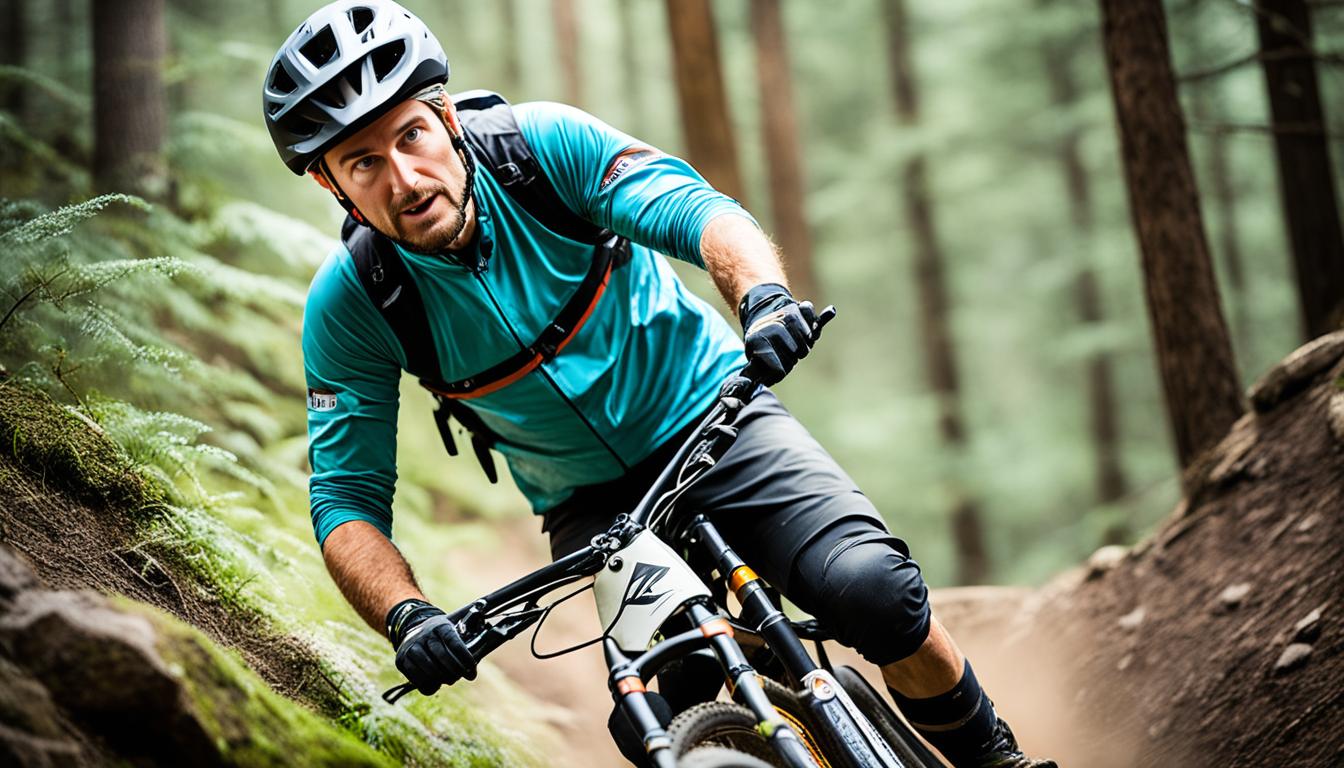
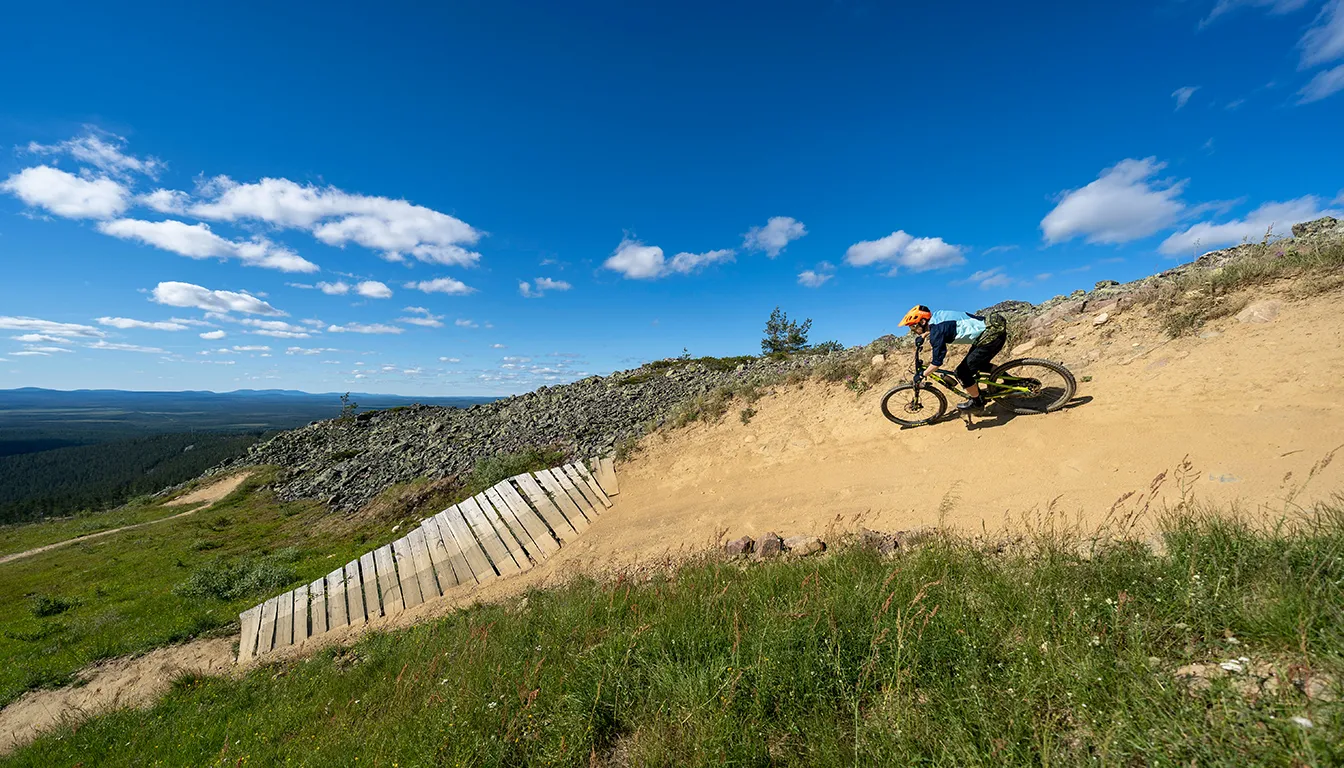

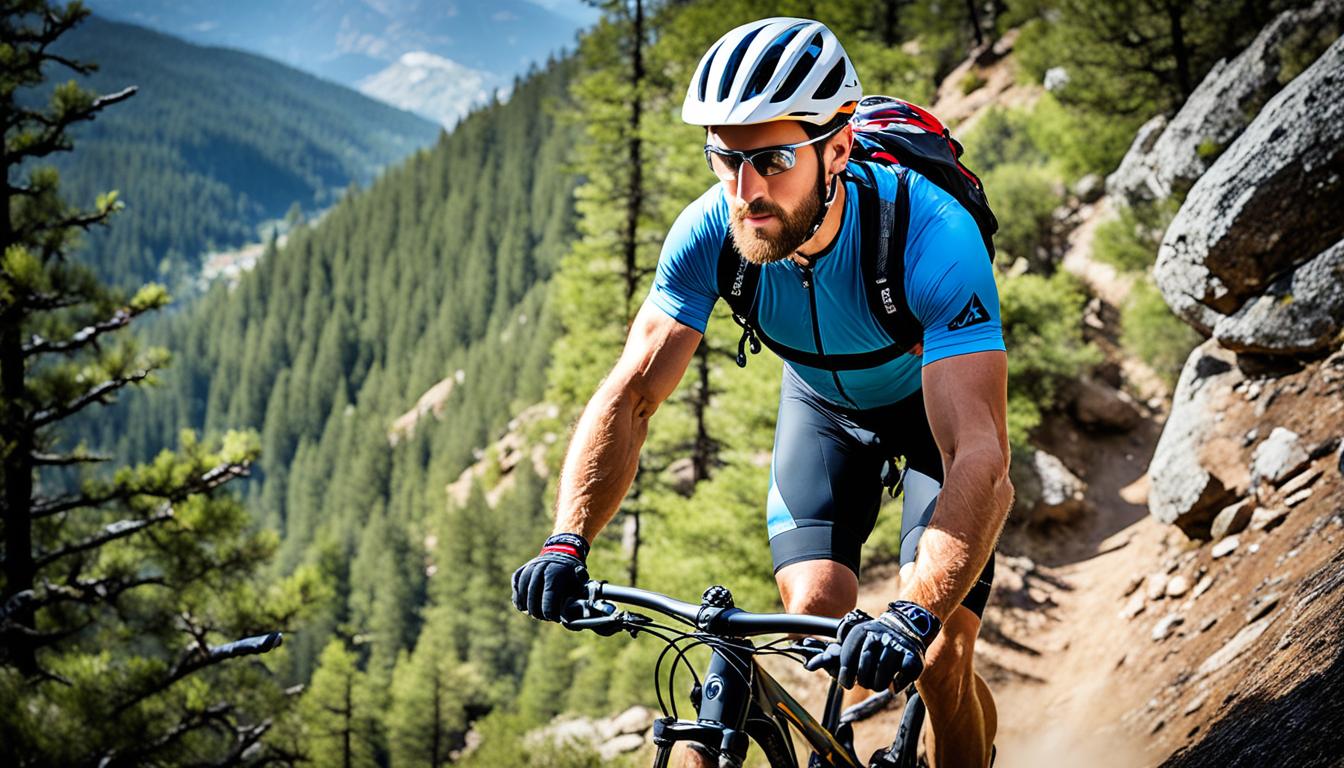
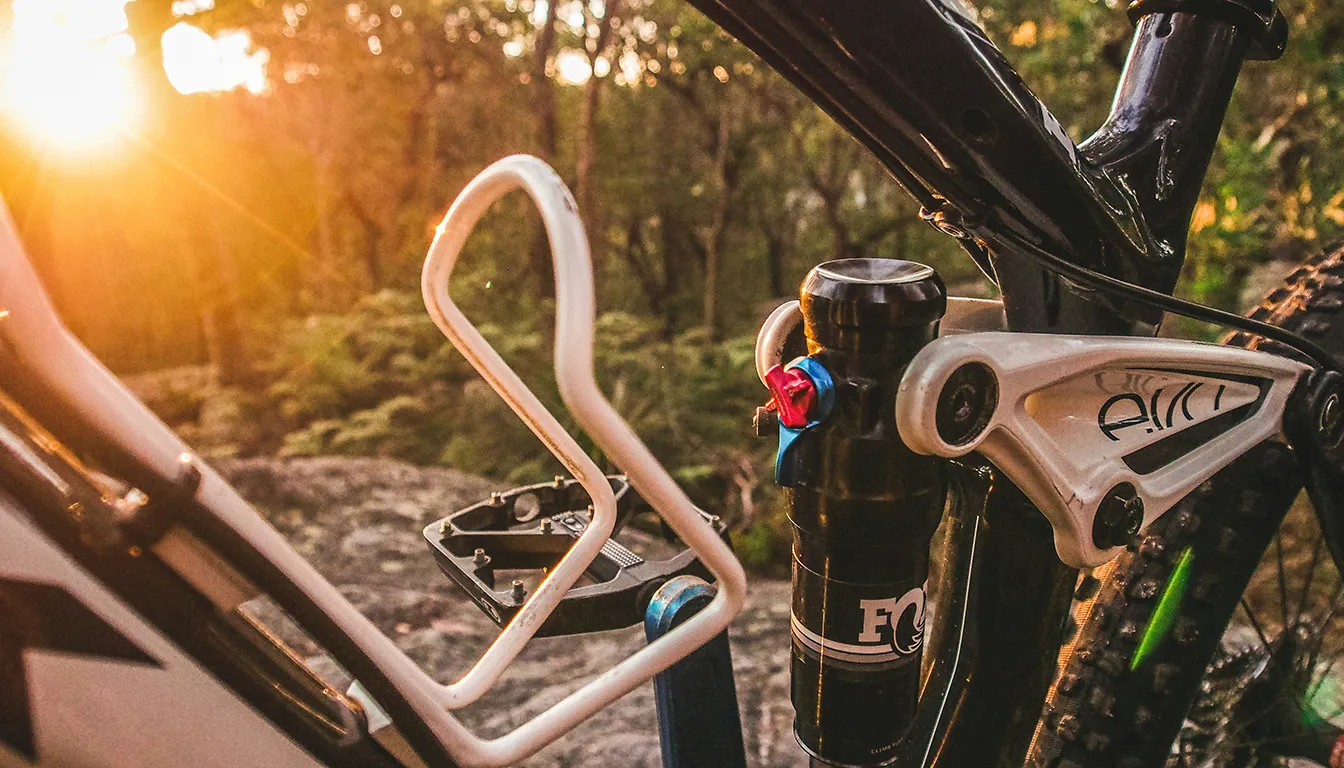
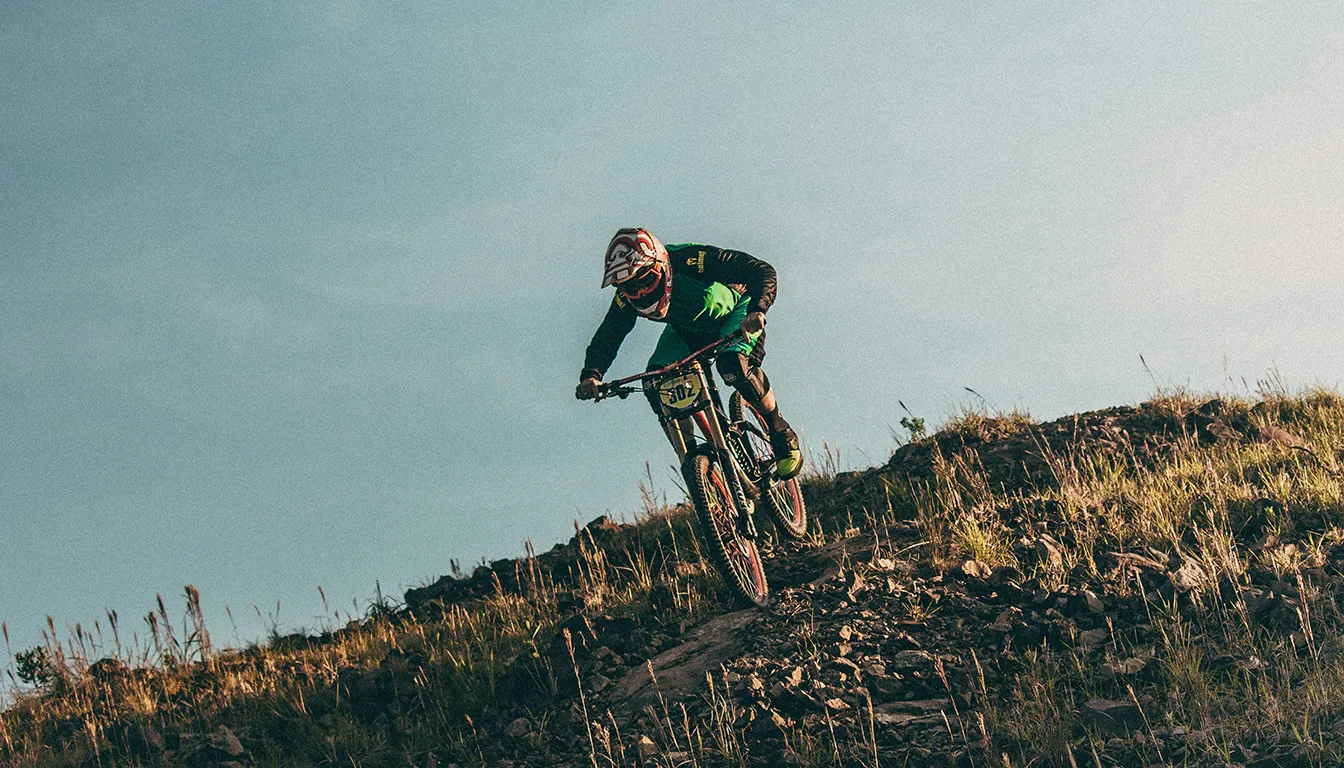
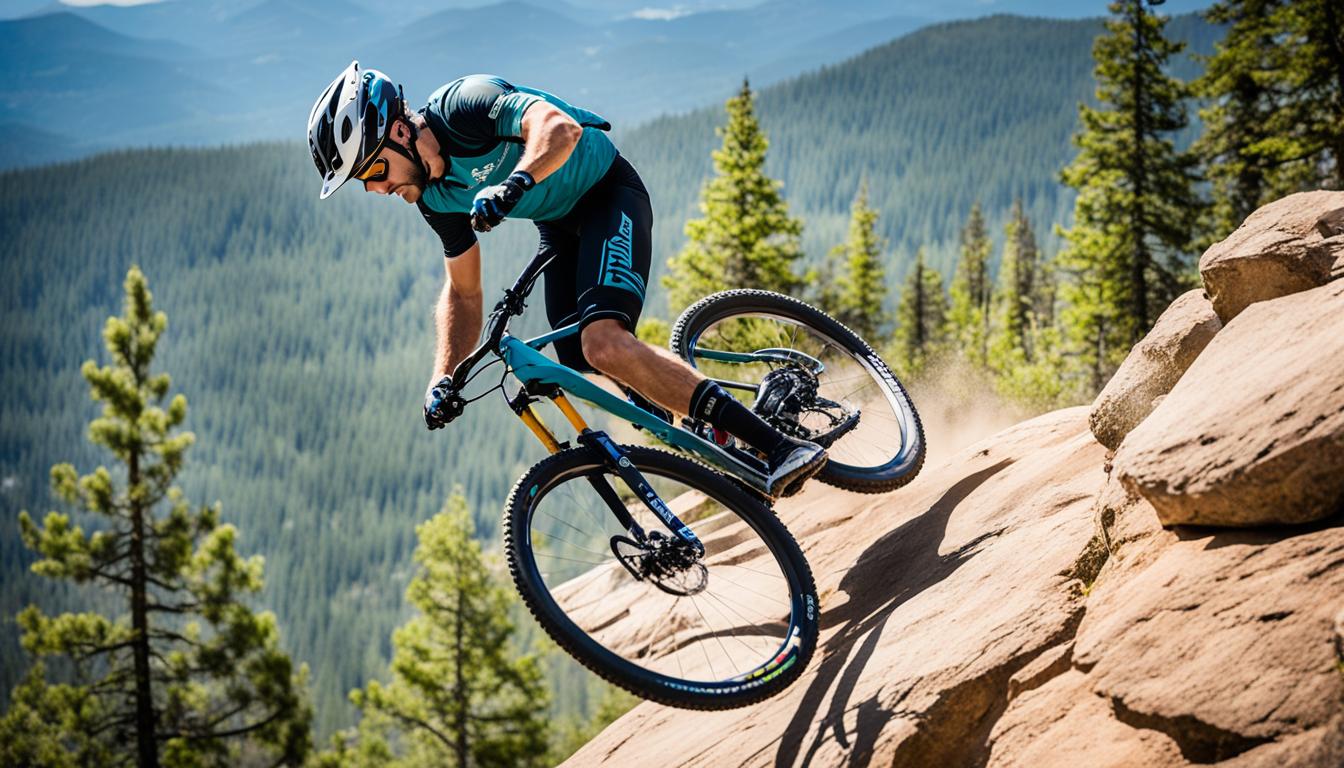
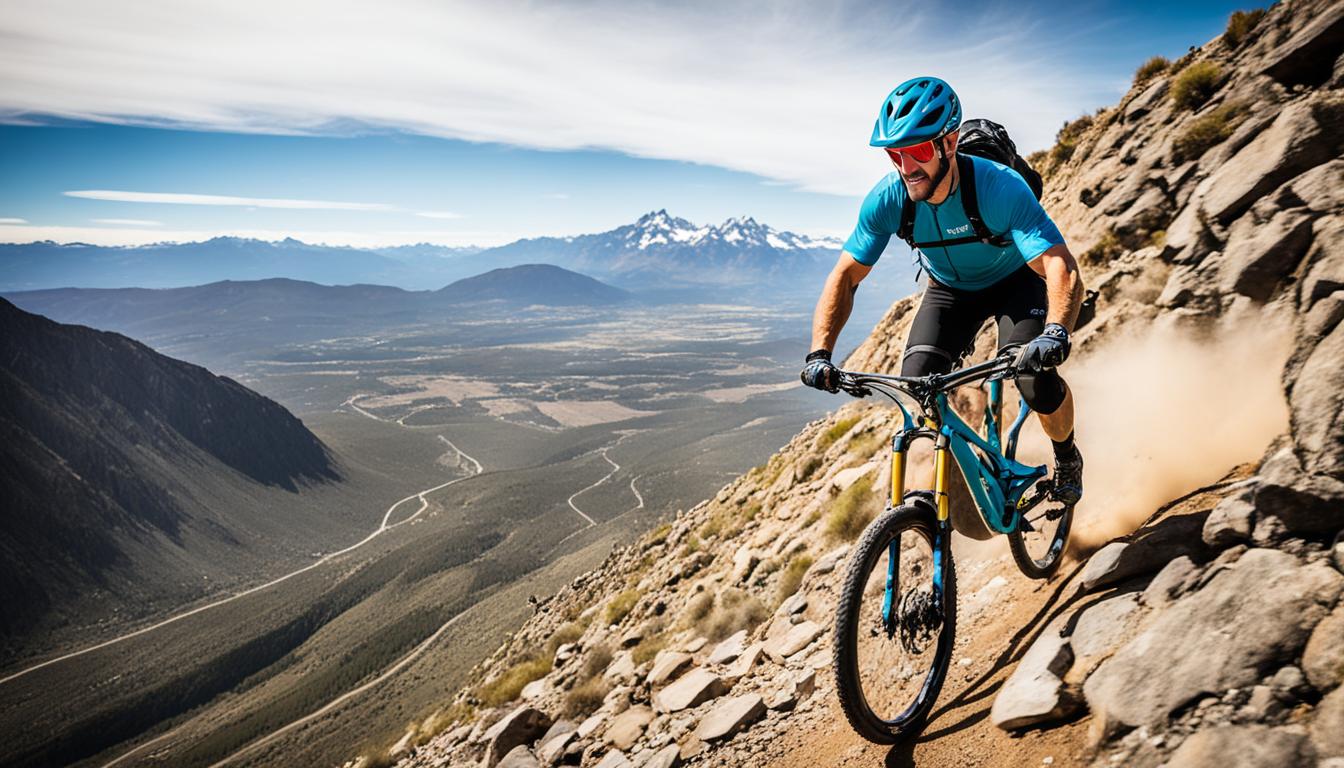

One thought on “What Should Beginners Know About Freeride Mountain Biking?”